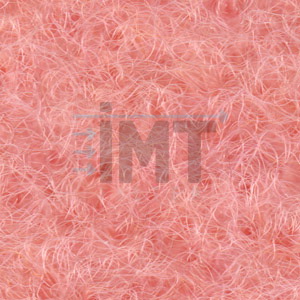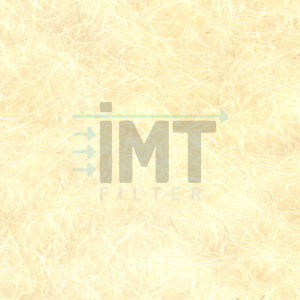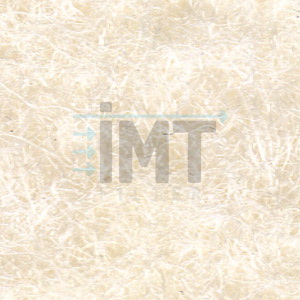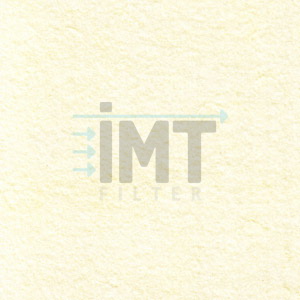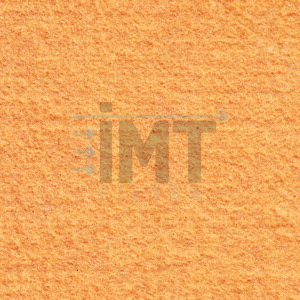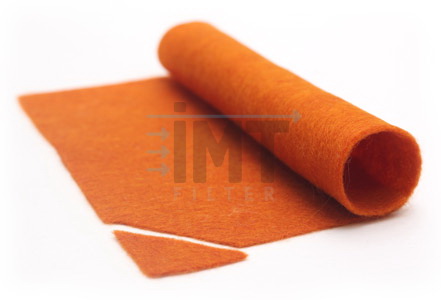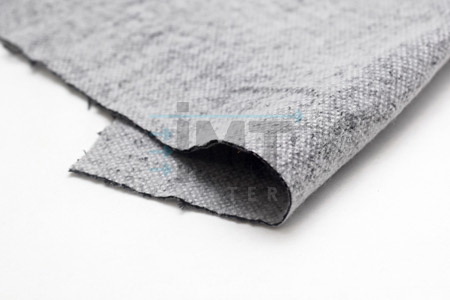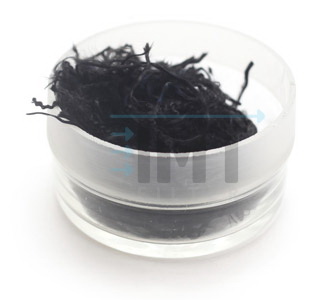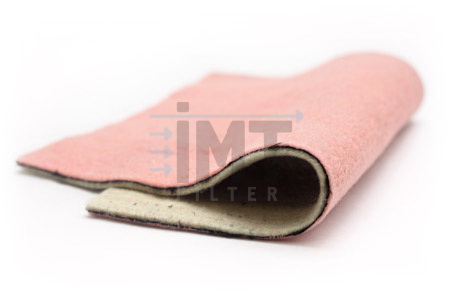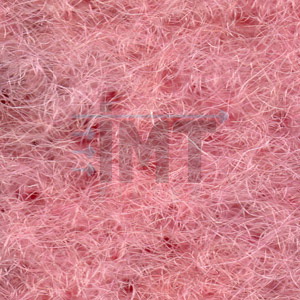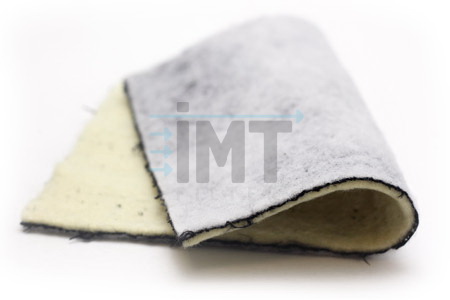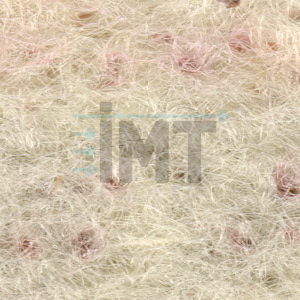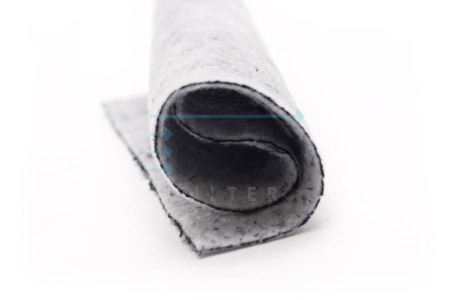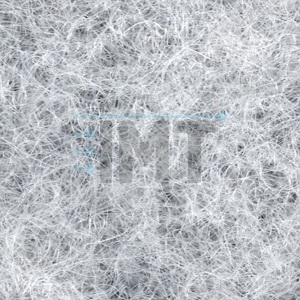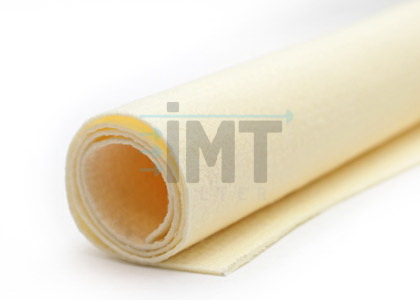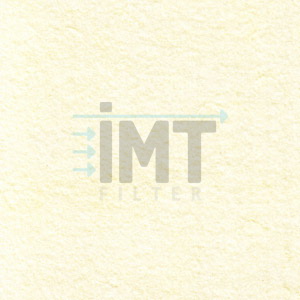Respirators

At different factories there is a frequent need to protect operating personnel from emissions of sulfur dioxide, hydrogen chloride, hydrogen fluoride, ammonia, hydrogen sulfide, etc.
IMT-Filter Company has developed and produced materials intended for removal certain groups of substances (acid or basic gases) as well as special sorbents for selective removal of specific pollutants (hydrogen sulfide, formaldehyde).
The filtering materials PANION® are indispensable and very effective in production of:
- light and lighted respirators (shaped, particulate respirators etc.) of different construction (valveless, with exhalation valve etc.);
- portable evacuation means from areas of man-made and natural disasters (self-rescuers), emergency situations;
- heavy respirators and gas masks.
The materials PANION® can be used in respirators both separately and combined with modern dust materials. In such combination the respirator provides a complex respiratory protection from dust, aerosols as well as toxic chemical contaminants in the form of gases and vapors.
The following ion exchange fibers PANION® are tested and can be used as barrier material for production of respirators:
Panion 110 — Substances of basic nature: ammonia, amines, alkalis
Fibrous ion exchanger PANION 110
PANION 110 — weak-acid fibrous cation exchanger, an analogue of well-known trademarks VION, FIBAN, MION.
Applications:
- Air purification from volatile substances of base nature: ammonia, amines, alkalis etc. Panion 110 can be applied in industrial and domestic air cleaning systems;
- Water purification from the ions of heavy metals, water softening;
- Human protective means (respirators, gas-masks, protective costumes etc): removal of vapors of ammonia and amines.
Technical specification*:
| Functional groups: | -COOH |
| The base polymer | polyacrylonitrile (PAN) fiber |
| Ion exchange capacity, meq/g | 4 – 7 |
| Temperature working range | 0 – 80°C |
| pH working range | 1 – 12 |
| Textile forms |
|
| Stability against aggressive media | Stable against concentrated HCl, H2SO4, Na2CO3 and all organic solvents. In concentrated NaOH accumulates carboxyl acid groups |
| Regeneration | With a weak solution of acid or salt |
| Stable in multiple cycles of «sorption-regeneration», «wetting-drying» | |
* - on a customer request fibrous ion exchange material with other physical and chemical properties can be produced.
Panion 220 и Panion 310 — Substances of acid nature SO2, SO3, HF, HCl, H2SO4, NxOy, CrO3 etc.
Fibrous ion exchanger PANION 220
PANION 220 — fibrous polyampholyte containing primary and secondary amino groups, analogue of well-known trademarks FIBAN, MION.
Applications
- Air purification from volatile substances of acid nature (SO2, SO3, HF, HCl, H2SO4, NxOy, CrO3) in industrial and domestic air cleaning systems;
- Human protective means (respirators, gas-masks, protective costumes etc): removal of gases and vapors of acid nature;
- Wiping materials (napkins, towels etc) to remove drops of acids from human skin and surfaces of objects.
Technical specification*
| Functional groups | ≡N, =NH, -NH2, -COOH |
| The base polymer | polyacrylonitrile (PAN) fiber |
| Ion exchange capacity, meq/g | 3 – 5 (on amino groups) 1 – 1,5 (on carboxylic groups) |
| Temperature working range | 0 – 80°C |
| pH working range | 1 – 12 |
| Textile forms |
|
| Stability against aggressive media | Stable against concentrated solutions of acids, soda and all organic solvents. |
| Regeneration | With a weak solution of soda Na2CO3 |
| Stable in multiple cycles of «sorption-regeneration», «wetting-drying» | |
* - on a customer request fibrous ion exchange material with other physical and chemical properties can be produced.
Fibrous ion exchanger PANION 310
PANION 310 – fibrous anion exchanger
Applications
- Air purification from volatile substances of acid nature (SO2, SO3, HF, HCl, HCOOH, CrO3 и etc) in industrial and domestic air cleaning systems;
- Human protective means (respirators, gas-masks, protective costumes etc): removal of gases and vapors of acid nature (SO2, SO3, HF, HCl, HCOOH, CrO3);
Technical specification*
| Functional groups | -N(CH3)2, =NH |
| The base polymer | polyacrylonitrile (PAN) fiber |
| Ion exchange capacity, meq/g | 4 - 5 |
| Temperature working range | 0 – 50°C |
| pH working range | 1 – 12 |
| Textile forms |
|
| Stability against aggressive media | Stable against diluted solutions of acids and alkalis |
| Regeneration | With a weak solution of soda Na2CO3 |
| Stable in multiple cycles of «sorption-regeneration», «wetting-drying» | |
* - on a customer request fibrous ion exchange material with other physical and chemical properties can be produced.
Panion 410 — Substances of basic nature: ammonia, amines, alkalis
Fibrous ion exchanger PANION 410
PANION 410 – fibrous chemically active filtering material for air purification from toxic substances of base nature
Applications
Air purification from volatile substances of base nature: ammonia, amines, aerosols of alkalis at low concentrations (10-500 microgram/m3), and in wide range of air humidity (30-100%);
Panion 410 is intent for application in filtering elements in forced and recycling air cleaning systems.
Panion 410 is especially effective for air purification in “clean room” of microelectronic, pharmaceutical industry, medicine etc.
Panion 410 has antimicrobial and antibacterial effect.
Technical specification*
| The base polymer | Anion exchanger with tertiary amino groups on base of polyacrylonitrile (PAN) fiber |
| Ion exchange capacity on NH3, meq/g | 2,5 – 4 |
| Air humidity working range, % | 15 – 100 |
| Temperature working range | 0 – 60°C |
| Textile forms |
|
| Regeneration | With a solution of mineral acid |
* - on a customer request fibrous ion exchange material with other physical and chemical properties can be produced.
Panion 420 — Hydrogen sulfide
Fibrous ion exchanger PANION 420
PANION 420 – fibrous ion exchanger intended for selective sorption of hydrogen sulphide (H2S)
Applications
- Air purification from H2S inside of industrial and office buildings, in “clean rooms” of microelectronic, pharmaceutical industry, medicine etc
- Human protective means (respirators, gas-masks etc): removal of H2S (5 – 10 mg/m3);
- Protection of sensors and other control devices from side contamination by H2S.
Technical specification*
| Functional groups | -(CH2COO)2(FeOH)2 |
| The base polymer | Anion exchanger with tertiary amino groups on base of polyacrylonitrile (PAN) fiber |
| Ion exchange capacity on H2S, gH2S/g of the material | 0,1 - 0,2 |
| Temperature working range | 1 – 50°C |
| Air humidity working range, % | 30 – 100 |
| Textile forms |
|
| Regeneration | Not regenerating |
* - on a customer request fibrous ion exchange material with other physical and chemical properties can be produced.
Panion 430 — Formaldehyde
Fibrous ion exchanger PANION 430
PANION 430 — fibrous ion exchanger intended for air purification from formaldehyde
Applications
- Air purification from formaldehyde inside of industrial and office buildings including recirculating regime;
- Human protective means (respirators, gas-masks for removal of formaldehyde)
Technical specification*
| Functional groups | amino groups |
| The base polymer | Anion exchanger with tertiary amino groups on base of polyacrylonitrile (PAN) fiber |
| Ion exchange capacity on formaldehyde, g formaldehyde /g of the material | until 50 |
| Temperature working range | 1 – 50°C |
| Air humidity working range, % | 45 – 95 |
| Textile forms |
|
| Regeneration | Not regenerating |
* - on a customer request fibrous ion exchange material with other physical and chemical properties can be produced.
Panion 440 — Carbon monoxide CO
Fibrous ion exchanger PANION 440
PANION 440 — fibrous ion exchanger intended for low-temperature air purification from carbon monoxide.
PANION 440 is metal-containing carbon-fibrous catalyst.
Applications
- Air purification from impurities of CO in filtering units while the content of CO is until 0,03 vol.% (20 MAC) and humidity of the cleaning air from 20 to 95%;
- Human protective means (respirators, gas-masks for removal of CO while its content in air is until 20 MAC (maximum allowable concentration) and humidity 20-85%; Self-rescuers for removal of high concentrations of CO (0,25-0,5 vol. %) in the cleaning air and humidity 30-95%.
Technical specification*
| The base polymer | carbon fibrous catalytically-activated fiber |
| Catalytic activity: residual concentration of CO in the cleaning air |
|
| Temperature working range | 0 – 500°C |
| Textile forms |
|
* - on a customer request fibrous ion exchange material with other physical and chemical properties can be produced.
Panion 510 — Combined content of substances of acid, basic and organic nature: SO2, SO3, HF, HCl, HCOOH, CrO3, organic acids, NH3, amines, mercaptans, benzene, acetone, formaldehyde, bad-smelling substances, odors, tobacco smoke, smog, high-toxic substances, chemical agents etc.
Fibrous ion exchanger PANION 510
PANION 510 — filtering material for air and water purification from composition of toxic substances of acid, base and organic nature.
PANION 510 – is combination of several layers of fibrous ion exchange and fibrous activated carbon textile materials. Any combination of ion exchange and active carbon materials can be produced in dependence on composition of contaminants on the customer request.
Applications
- Air purification from mixture of toxic contaminants of acid, base and organic nature: SO2, SO3, HF, HCl, HCOOH, CrO3, organic acids, NH3, amines, benzene, acetone, formaldehyde, bad-smelling substances, poisonous substances, warfare agents etc. PANION 510 is effective in wide range of air humidity (30-100%) in industrial and domestic air cleaning systems;
- Water purification from toxic organic contaminants, ions of heavy metals, nitrates, anions of metals (chrome, molybdenum, tungsten, vanadium), water softening;
- Human protective means (respirators, gas-masks, protective costumes etc etc): removal toxic substances of acid (SO2, SO3, HF, HCl etc.), base (NH3, amines), and organic (benzene, acetone, toluene, warfare agents, poisonous substances) nature.
Technical specification*
| Functional groups | Amino- and carboxylic groups |
| Adsorption activity on methylene blue, mg/g | min 26 |
| Ion exchange capacity, meq/g | min 0,6 (on amino groups) min 0,8 (on carboxylic groups) |
| Textile forms | Non-woven needle-punched fabric |
| Surface density | 400 – 1000 g/m2 |
| Width | max 1600 mm |
| Thickness | 3 – 10 mm |
| Textile form ion exchange layers | Non-woven needle-punched fabric |
| Textile form of fibrous active carbon material | Non-woven material, activated carbon gauze fabric, fabric |
| Temperature working range | 0 – 50°С |
| pH working range | 1 – 12 |
| Regeneration | Type 1, 2 – are not regenerating type 3 – with water vapor |
* - on a customer request fibrous ion exchange material with other physical and chemical properties can be produced.
Panion 530 — Bacteria, viruses, pathogens.
Fibrous ion exchanger PANION 530
PANION 530 — filtering material for air purification from viruses, bacteria, pathogens, microorganisms.
PANION 530 not only bonds viruses and bacteria but also kills them and prevents their reproduction inside of the filtering element and therefore a secondary pollution.
Applications
- Air purification from viruses, bacteria in inlet and recycling ventilating systems, “clean rooms”, automobile filters etc.
- Human protective means (respirators, gas-masks, protective napkins etc)
Technical specification*
| The base polymer | Anion exchanger with tertiary amino groups on base of polyacrylonitrile (PAN) fiber |
| Textile forms |
|
| Surface density | 200 – 1000 g/m2 |
| Width | max 1600 mm |
| Thickness | 2 – 10 mm |
| Temperature working range | 0 – 60°С |
| Regeneration | Not regenerating |
* - on a customer request fibrous ion exchange material with other physical and chemical properties can be produced.
The materials used in the manufacture of respirators don’t adversely affect the human body, which is confirmed by corresponding certificates.
According to customer requirements filtering materials can be developed with new or changed properties.
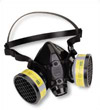
The first mention of respirators can be found in the XVI century, in the works of Leonardo da Vinci, who suggested that a finely woven cloth dipped in water could protect sailors from a toxic weapon made of powder that he had designed. Alexander von Humboldt introduced a primitive respirator in 1799 when he was working in Prussia as a mining engineer.

